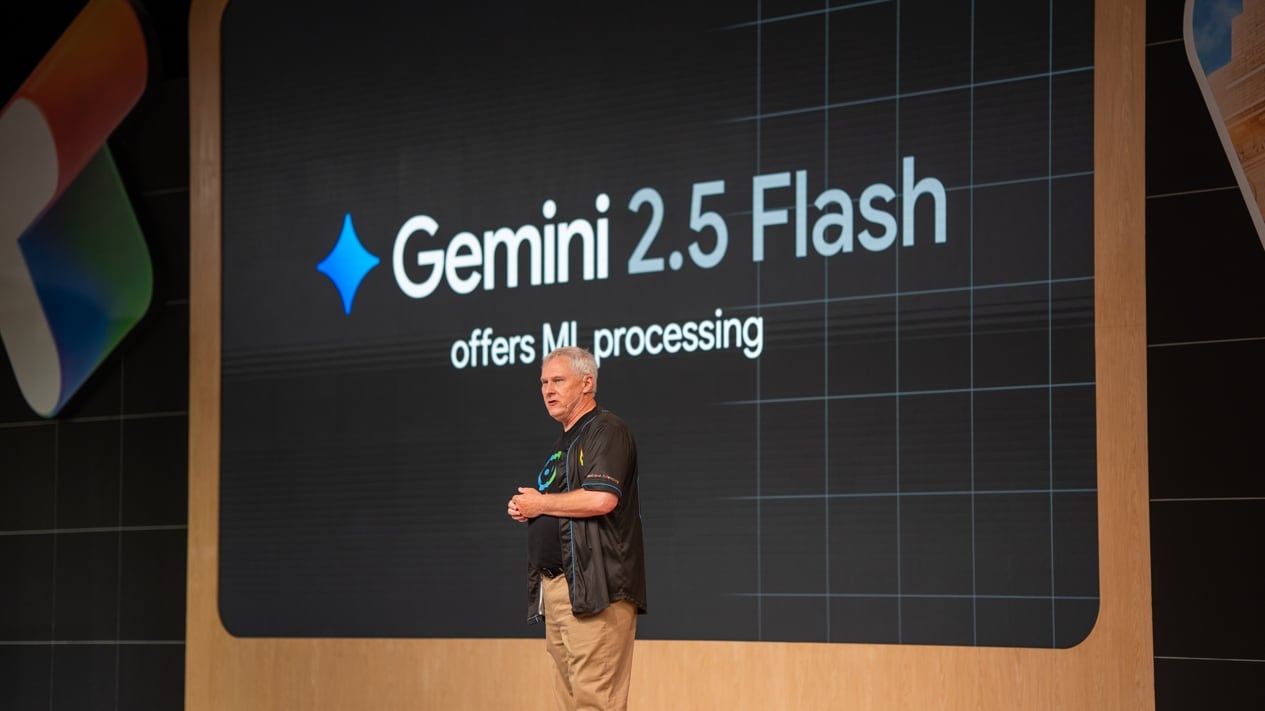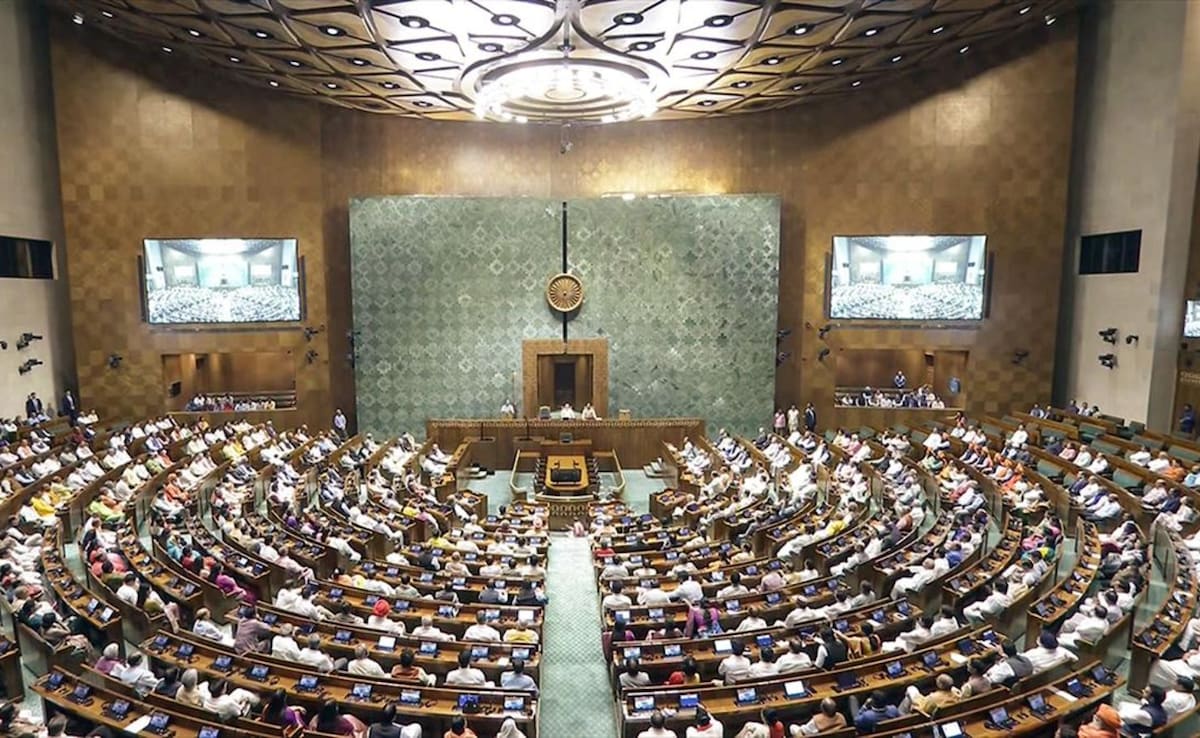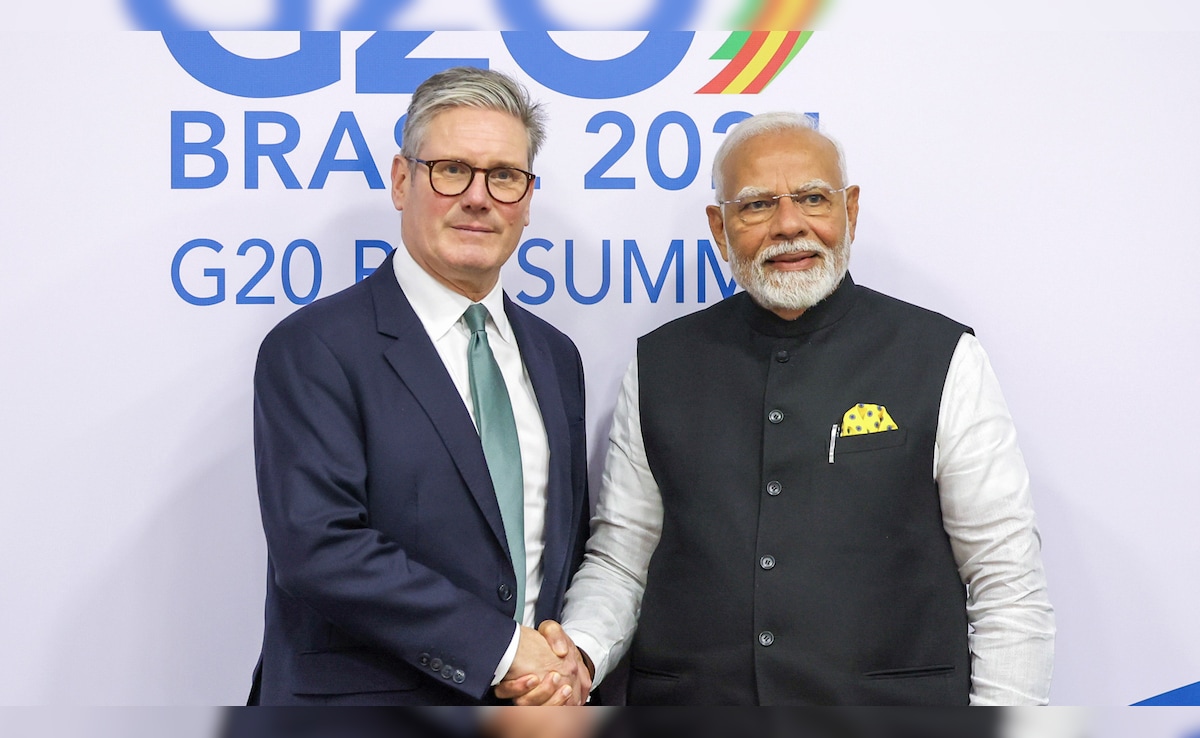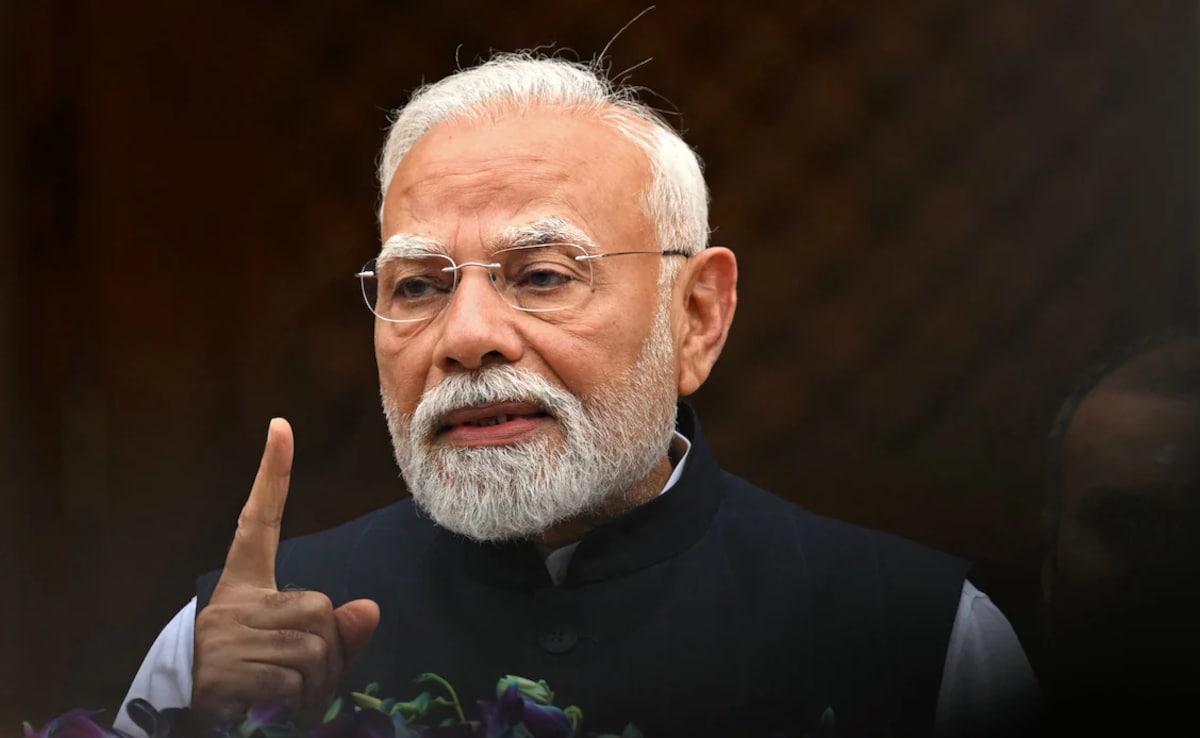
<p>OpenAI CEO Sam Altman has confirmed that the company will “well over 1 million GPUs” are expected to be in operation by the end of 2025. But Altman isn’t stopping there; he challenged his team to explore how to scale that number another 100x.</p>
<p>In a landscape where AI models demand ever-increasing compute power, this declaration perfectly captures the compute-driven arms race behind today’s intelligent systems.</p>
<h3><strong><span style=”color: #ba372a;”>Why GPUs Are So Important for AI</span></strong></h3>
<p>As artificial intelligence systems grow more complex and powerful, they also require much more computing power to function. GPUs, or graphics processing units, are a key part of that. They’re the engines behind training and running large AI models, making them essential to keeping up with AI’s rapid growth.</p>
<h3><strong><span style=”color: #ba372a;”>Altman’s Big Hardware Goal</span></strong></h3>
<p>In a recent post on X, Sam Altman shared that OpenAI plans to bring over 1 million GPUs online by the end of 2025. That’s already a massive number, but he went a step further; he said the real challenge is figuring out how to increase that number by 100 times. This ambition shows just how seriously OpenAI is preparing for the next phase of AI development.</p>
<p>This isn’t just about buying more hardware. Earlier this year, Altman was reportedly seeking up to $7 trillion in investment to build a global AI supply chain. That includes everything from chip factories to power systems needed to run them. The focus now is not only on getting more GPUs but also on building smarter, more efficient systems to support the future of artificial general intelligence (AGI).</p>
<h3><strong><span style=”color: #ba372a;”>What the Future Could Look Like</span></strong></h3>
<p>Altman’s “100x” comment signals a major shift from scale to innovation. Reaching that kind of number will likely require new types of chips, better ways of using energy, and rethinking how data is processed altogether.</p>
<p>The message is clear: OpenAI isn’t just chasing size, it’s chasing smarter infrastructure to meet tomorrow’s AI needs.</p>







